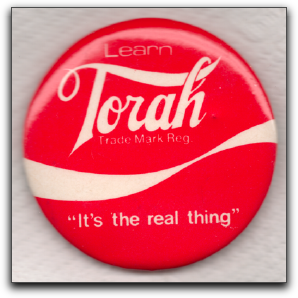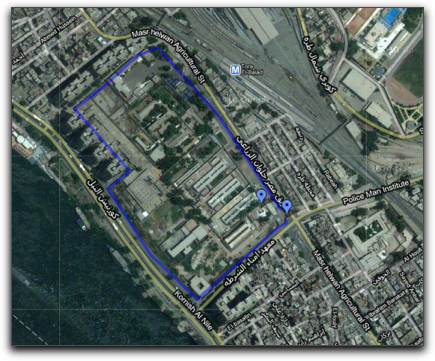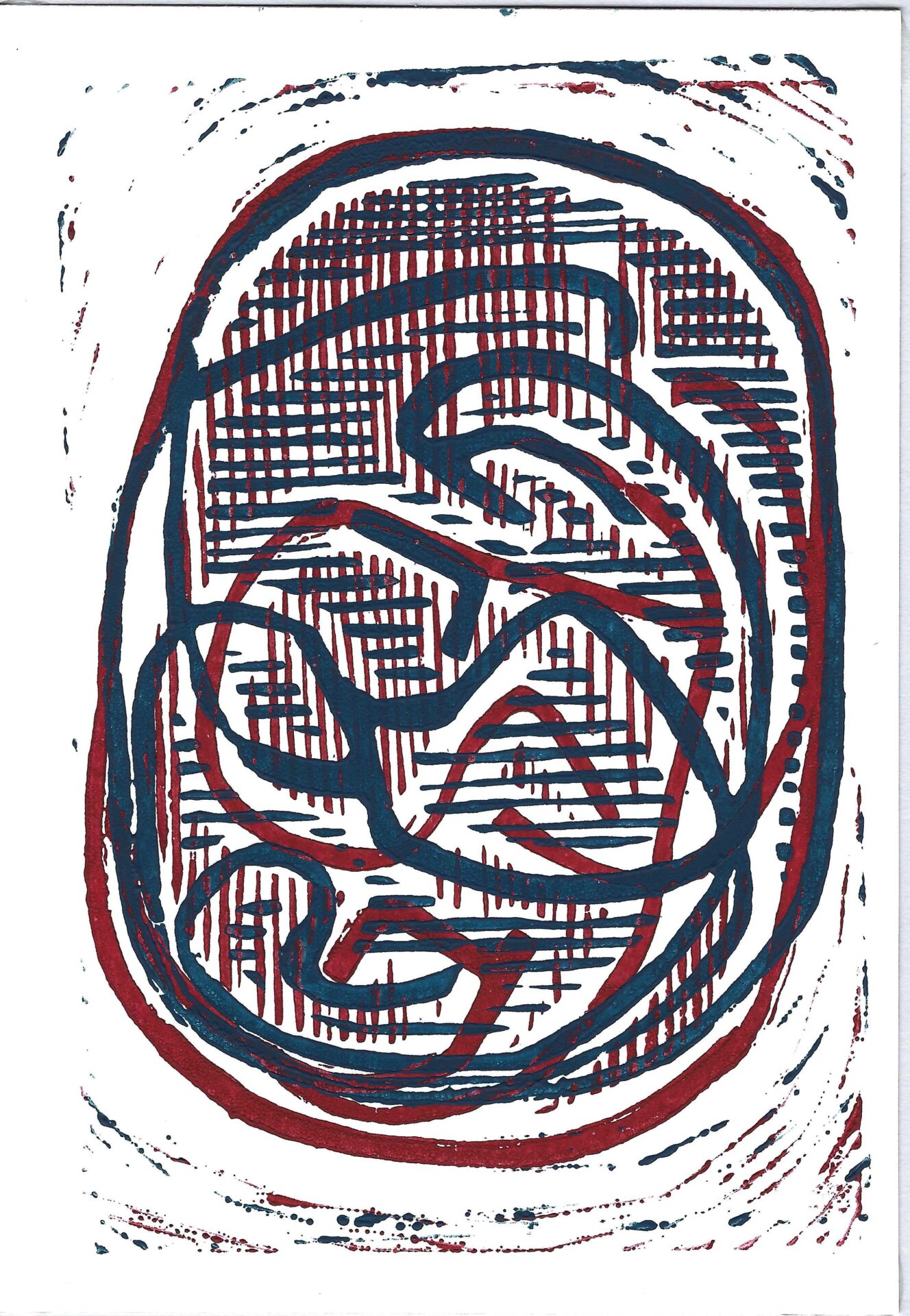can you speak for 3 minutes on any subject?
Early in our studies at rabbinic school, one of our classes intended to make us better public speakers. Our instructor was Hollywood actor Stanley Waxman. He would often assign us the task of speaking extemporaneously for three minutes on any subject he would present (usually offering one word). This particular morning in the autumn of 1973 he called on a classmate and suggested the word Torah. Our classmate, who had a sense of humor the size of his stature, of over six feet, stepped to the front of the class and said (I paraphrase all but the first three words):
Tora! Tora! Tora! is the name of a movie I saw recently.
We all thought he was incredibly funny, but Stanley (עליו השלום) was not impressed.
التوراة 虎 torah
This story came to mind recently as I continued to follow the Twitter feed for #Torah.
I saw numerous messages in Arabic script mentioning #Torah and #Mubarak. I did not think they had much to do with תורה.
some find torah liberating… others find it confining
I checked the location of the Tweeters. They were from Egypt, so I searched for Torah and Mubarak and found…
And Google Maps shows (though the English spelling shifts a bit now and then):
Torah Mahkoum Prison
Torah Mahkoum Prison
the Nile is on the left
the entrance appears to be at the intersection of
Police Man Institute & Masr Helwan Agricultural StreetTorah Mahkoum prison is one of the places used by Ministry of Interior to uphold detainees “awaiting” sentence. They keep getting re-referred to prosecutor every 15 days who either extends their detention or release them. Such waiting period and extensions could be legally extended to a maximum of six month. For this reason it is usually used to punish and deterr [sic] political prisoners who can spend up to six months in this place with criminal prisoners and/or under inhumane conditions without solid charges or court sentence.
This is the confining limiting space of التوراة on the narrow constricted green strip that is Egypt.
tyger tyger
What of our classmates “tora”?
To paraphrase William Blake:
Through what distant deeps or skies,
Burnt the fire of thine eyes?
On what wings dared they aspire?
As they came upon Pearl Harbor during the night of December 6–7, 1941, the Japanese pilots reputedly called out 虎 虎 虎 (which is phonetically “tora tora tora”) and means “Tiger, tiger, tiger” indicating that complete surprise had been achieved. You could say that the Japanese came upon the US naval fleet as flying tigers, ironically the name of an American Volunteer Group of the Chinese Air Force at the time.
One of my contacts in Japan checked with some Japanese linguistic pros about the phonology of “tora 虎 トラ”, because it did not sound particularly Japanese in origin. They did not know the word’s origin. My friend suggested that:
It is an Indonesian loan word that came in with the original southern strain of Japanese DNA many years ago which the Japanese don’t like to talk too much about because of the supposed purity of their blood line. Tora, me thinks is Indonesian, originally. Proof below, maybe:
how bright is torah?
The sunlight reflecting off mountains of snow can often be blindingly bright. And the smile of the young woman who carries the name because her parents understand it to mean “bearer of great message” matches that brilliance. She was brought to my attention by Efraim Feinstein on Twitter @efraimdf, a biophysics postdoc, coder, and self-professed liturgy geek who, when he learned about our interest in “Tweeting #Torah to the Top” tweeted:
Answer: #Torah trended on twitter in Feb 2010 when @torahbright won the gold for womens halfpipe at the Winter Olympics @JewishPub
Torah Bright of Australia flashes her trademark smile at the U.S. Snowboarding Grand Prix Ladies Qualifier in the Main Vein Halfpipe back in December at Copper Mountain, Colorado. Photograph by: Doug Pensinger, Getty Images, Canwest Olympic Team; Canwest News Service
will the real torah please stand up?
When we raise the light of Torah up and cause #Torah to trend beginning at 7:42 in the evening of the 6th of June, 2011 (5th of Sivan, 5771), how will we know which of these various “torahs” is “the real thing”?
In these words by Rabbi Rami Shapiro
In each age
we receive and transmit
Torah.At each moment we are addressed by the World.
In each age we are challenged by our ancient teaching.
At each moment we stand face to face with Truth.
In each age we add our wisdom to that which has gone before.
At each moment the knowing heart
is filled with wonder.In each age
the children of Torah
become its builders
and seek to set the world firm
on a foundation of Truth.
Each moment “we are addressed by the World” is a moment of revelation. Please join us as, around the world, people of all faiths tweet their thoughts on Torah, sharing the wisdom and knowledge that has been revealed to each of us.
this project has been mentioned in various places on the Web
- Tweeting Torah to the Top on Shavuot — Ancient Hebrew Poetry
- Tweet #Torah to the Top — The Shmooze — Forward.com
- Jewish History, Torah, and Rabbis in the Twitter Age
- Haveil Havalim 314 — The Post-Pesach Edition
- Tweeting Torah to the Top « Walking Humbly. Seeking Justice. Living with Hope.
- Tweet #Torah to the Top! — Rabbi Eleanor Steinman’s Blog Musings, questions, and reminders to take action
And a special tool developed by the Jewish Publication Society enables anyone to break a Torah text into Tweetable sized chunks:
…the real thing

Torah …the real thing
I have begun wearing this button. I received it many years ago when living in Los Angeles. I do not know the who made it, or for what purpose. I have a similar button with an old (no longer active) Los Angeles phone number. I thought I knew who had produced it, but it has no identifying text.
| Date: | late 1960s or early 1970s |
| Size: | 5.6 |
| Pin Form: | clasp |
| Print Method: | celluloid |
| Text | Learn Torah Trade Mark Reg “It’s the real thing” |
your lapel buttons
Many people have lapel buttons. They may be attached to a favorite hat or jacket you no longer wear, or poked into a cork-board on your wall. If you have any laying around that you do not feel emotionally attached to, please let me know. I preserve these for the Jewish people. At some point they will all go to an appropriate museum. You can see all the buttons shared to date.



Great post. Funny what means one thing here means another there.
Thank you Paul, yes, we live in a strange world of odd coincidences, multiple possible meanings, and, the need to constantly contextualize.